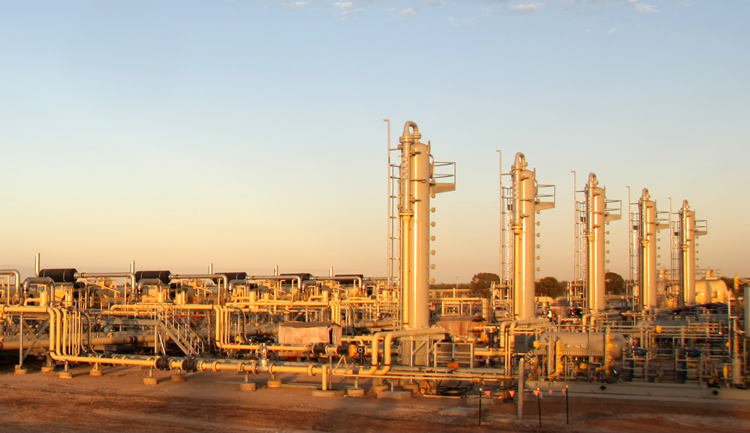
What is it that makes America truly great? Could it be our ability to provide world class entertainment like our multi-billion dollar professional sports industries, or perhaps Hollywood’s exclusive ability to make us laugh, cry and cheer? Or maybe our nation’s greatness can be attributed to the availability of goods and services, such as easy access to the internet, or perhaps it can be attributed to our nation’s educational system?
One could also argue that nation’s our nation’s greatness is a result of the cumulative effect from all of these great aspects of Americana. The common thread woven into everything that makes America great is the reliability of our infrastructure to provide the energy needed to fulfill our aspirations for greatness.
It’s not until we examine how the other 6.8 million non-American people on the planet live do we truly appreciate the infrastructure that fuels our daily lives.
When examining the differences between first-world industrialized countries and emerging third-world developing countries, there are some metrics that we can use to determine and compare and contrast.
Economic indicators such as Access to Electricity, Access to Improved Water Source, Energy use per GDP, Internet Users (per 100 people), and Road Sector Energy Consumption are the types of data that the World Bank compiles and reports on an annual basis. This data is also compiled in manner that creates a level playing field for comparing and contrasting different countries based on their population and GDP. When reviewing these various economic indicators, it becomes clear that there is a direct correlation between a countries’ infrastructure and the quality of life perceived by its citizens.
Given that infrastructure is so important, there's an emerging generation of thinkers in both the energy field and the facility management profession that believe we have a social responsibility to ensure that our infrastructure is operating at maximum capacity and maximum efficiency.
When we start to look at energy metrics like Btu output per unit of Btu input, or cost per Btu, we also create a level playing field for comparing and contrasting the efficiencies and deficiencies of different energy systems.
Combined Heat Power (CHP) systems deliver energy efficiency for large energy users and should be considered by all facility managers who are seeking to maximize the value of every Btu consumed by the facility they operate.
Click the following link to see if CHP is a good option to replace your facility’s boiler

